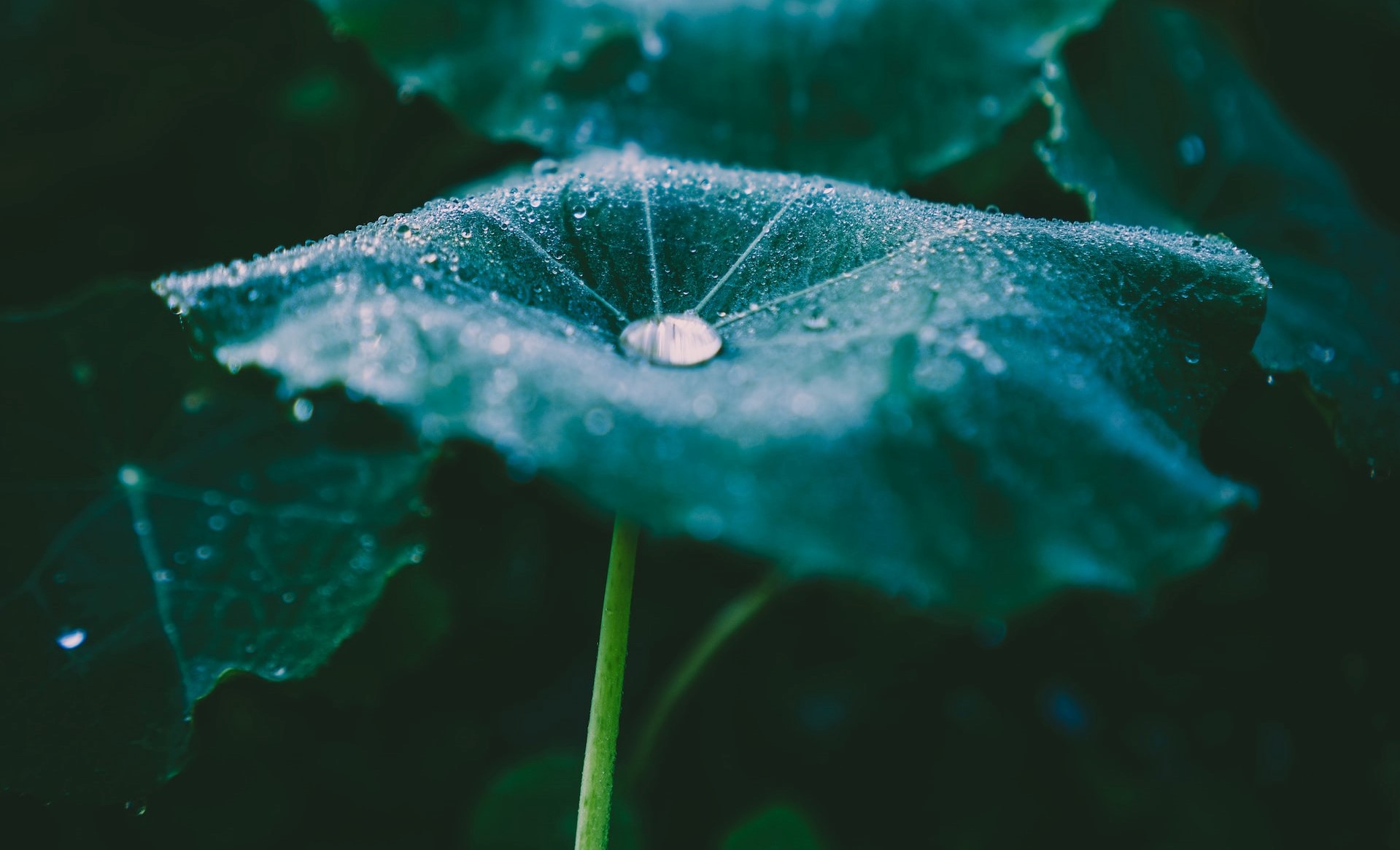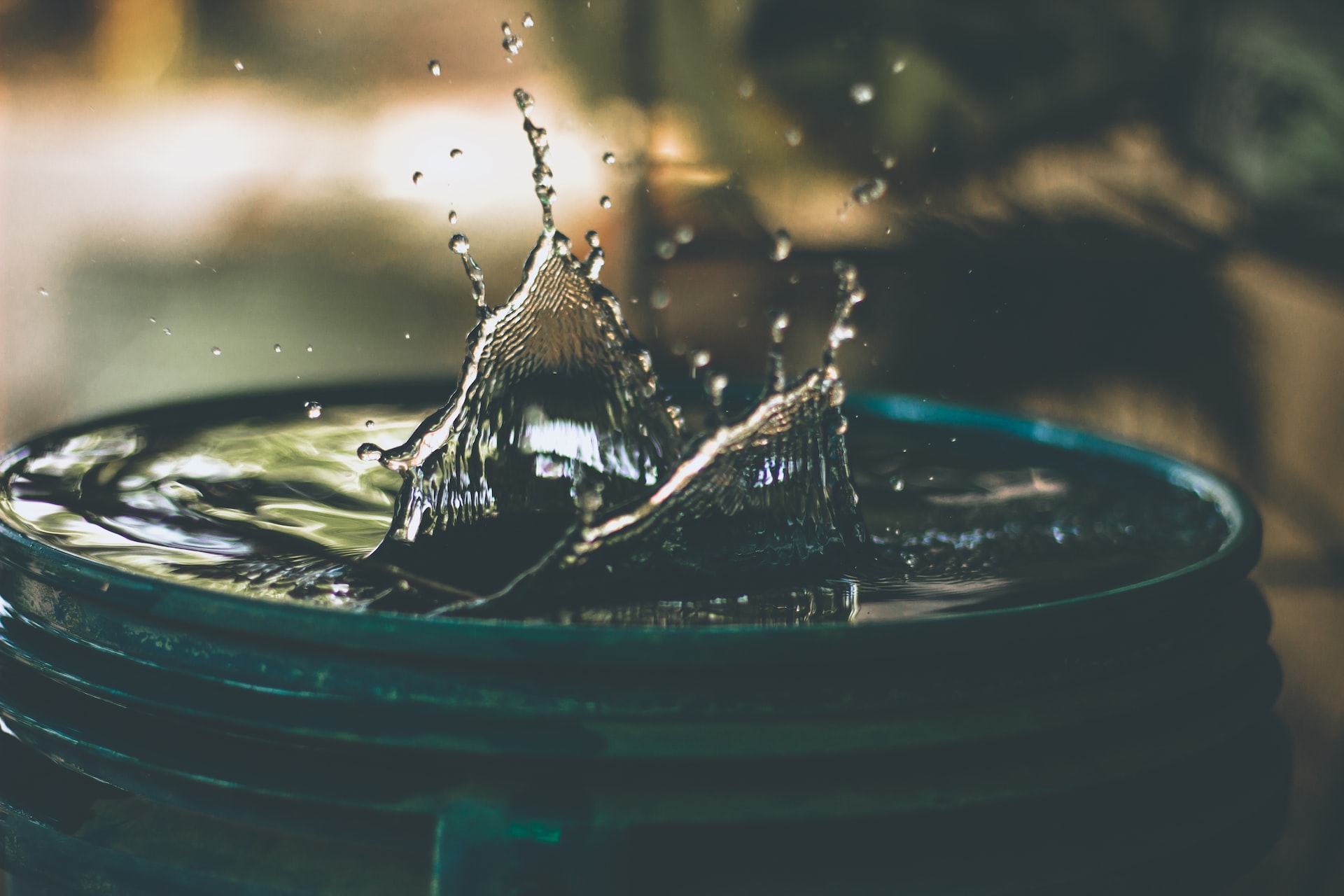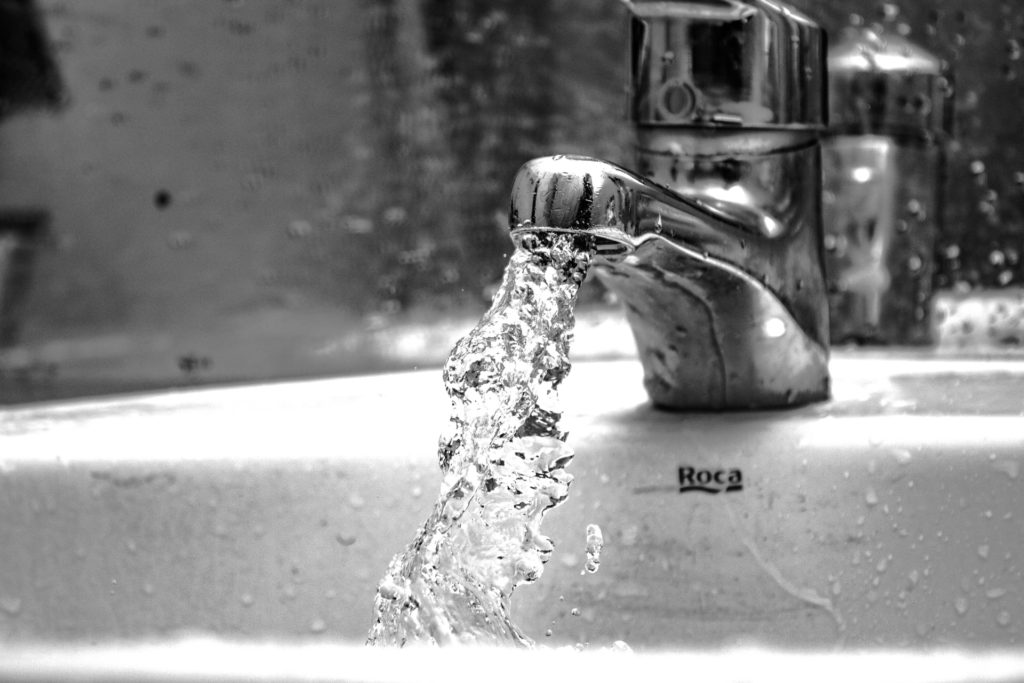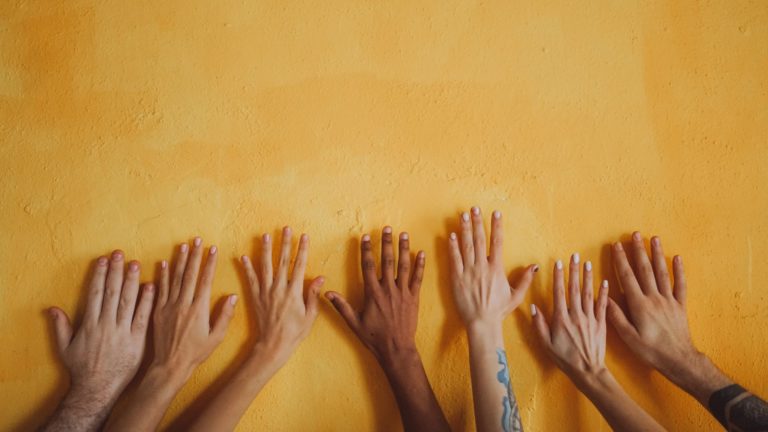Water is the foundation of life. It’s essential for all living beings. In humans water has many different functions in our body, from carrying nutrients and oxygen cells to lubricating joints, as well as moistening tissues in the eyes, nose, and mouth and regulating the body’s temperature. With the rapid population growth and more resources being depleted, it is essential that we reuse water as much as we can.

Besides from drinking we use water for a lot of essential things at home like cooking, showering, washing our dishes and clothes, and watering our lawns. It’s a lot. In fact, according to the U.S. Environmental Protection Agency (EPA), the average American uses 88 gallons of water per day. Even worse, “landscape irrigation is estimated to account for nearly one-third of all residential water use, totaling nearly 9 billion gallons a day.”
But, have you ever stopped and wondered what happens to all the water that goes down your drain? And how you can help our planet and not contribute to the wasteful water problem?
Understanding the 3 Types of Water
Water used in our homes is broken down into three types: white, black, and grey. If you want to reuse the water in your home, it’s important to understand the difference in each.
White water is clean water. It’s the water that comes into the home from the faucet.
Black water is contaminated. It’s the water that’s leaving the home (like toilet water and water from dishwashers and kitchen drains).
Grey water falls in between white and black. It’s not completely clean, but it doesn’t contain harmful substances. It’s the tap water from the sink, washing machine, and the bathtub or shower — so it’s not toxic, but it’s not sanitary. As a result, grey water can be reused for numerous purposes, except for human (and pet) consumption.
It’s important enough to repeat: Grey water is not safe for humans and pets. Take care to keep pets and kids from drinking grey water.
Why Would I Want to Reuse Water?
There are many reason why you would want to reuse water in your household. As mentioned above, the average American uses an average of 88 gallons of water a day. Reusing some of that water can save a ton of water and save you money on your bill. If you are a gardener, it’s also an easy way to water many plants. (Note: grey water is not right for some plants.)
Check out WECalc to see how much water you consume.
Grey Water Regulations and Guidelines
Before you run out and start collecting grey water to reuse, you should check with your local laws. Each city, county, and state have its own rules for grey water reuse. To avoid problems with you local government, contact local healthy department and officials to see if there are zoning or building code issues that might prevent you from making a grey water system.
How to Collect Grey Water
Collecting grey water might seem like an over complicated task. You might even feel like you have to hire an engineer or knock down walls to host an over-complex piping system, but collecting and reusing water can be as simple and inexpensive as you want it to be.
For starters, think about what happens to the water that remains after you shower, bathe, and after washing your clothes. Sure, you could create a grey water filtration system, or you could do the following:
- Save water from cooking. Put a bowl under the colander when you rinse pasta, veggies, and fruits. If you’ve steamed veggies, save the water and reuse.
- Put a bucket in your shower to capture the water that comes out before you shower.
- Empty water bottles with old water in it — use for plants.
- Buy a rain barrel and collect roof runoff. Then use it to water your lawn or garden.
- Instead of connecting your washing machine drainage pips directly to a drain, dump it into a large bucket for later usage. Buying a Eco friendly detergent will help you create more uses for the water.
These tasks might not seem like they’ll make a huge difference, but, overtime, they will. Every little bit helps.

How to Reuse Grey Water
We must make a strong point that it is NOT recommended for humans to consume grey water. With that in mind lets talk about how you can reuse water.
- If you have beautiful plants and flowers this is one of the best ways you can put your grey water to use. The water that you saved from washing your veggies, or the water that you saved from draining the pasta can be used to water your plants.

Source: Fix.com Blog
- More and more we are seeing bio detergents showing up on the shelf’s, and they are not as expensive as they use to be, so make yourself (and the planet) a favor and buy some. We say this becasue if you do use bio detergent you can then use the water that comes out of your washing machine to irrigate your lawn and/or your plants. And for as little as $200 you can build a system that automates the process so you can go on with your day.
- Another high water consumption feature in our homes is the toilet, on average a modern toilet consumes around 1.6 gallons of water for every flush, that adds up fast, specially if you have a big family. Remember that water that you just saved from taking a shower? You can use that water to flush it.
- Washing a car can take on average 40-140 gallons of water, that again is a lot of water to be consumed. Reuse water to wash your vehicles.
Pro tip, if you have some money to spare get your home a water filtration system, there are many option to pick from. Having a filtration system can create even more ways to reuse water, including reusing water to wash your laundry.
There are many different ways to build your own system and you can find endless resources online to help you. But if you want to start simple and cheap just buy a few different size containers, have them ready by your kitchen and your bathroom and start collecting that water.
With the increase in population, it is crucial that we continue to make an effort to stop damaging our planet, if we want to keep living on it. We must take every action possible, even simple ones like reusing water or saving energy at home.
AI for Good is driving forward technological solutions that measure and advance the UN’s Sustainable Development Goals. We create impact by bringing together a broad network of interdisciplinary researchers, nonprofits, governments, and corporate actors to identify, prototype and scale solutions that engender positive change.
See how you can also make in impact and join the race to save our planet.







